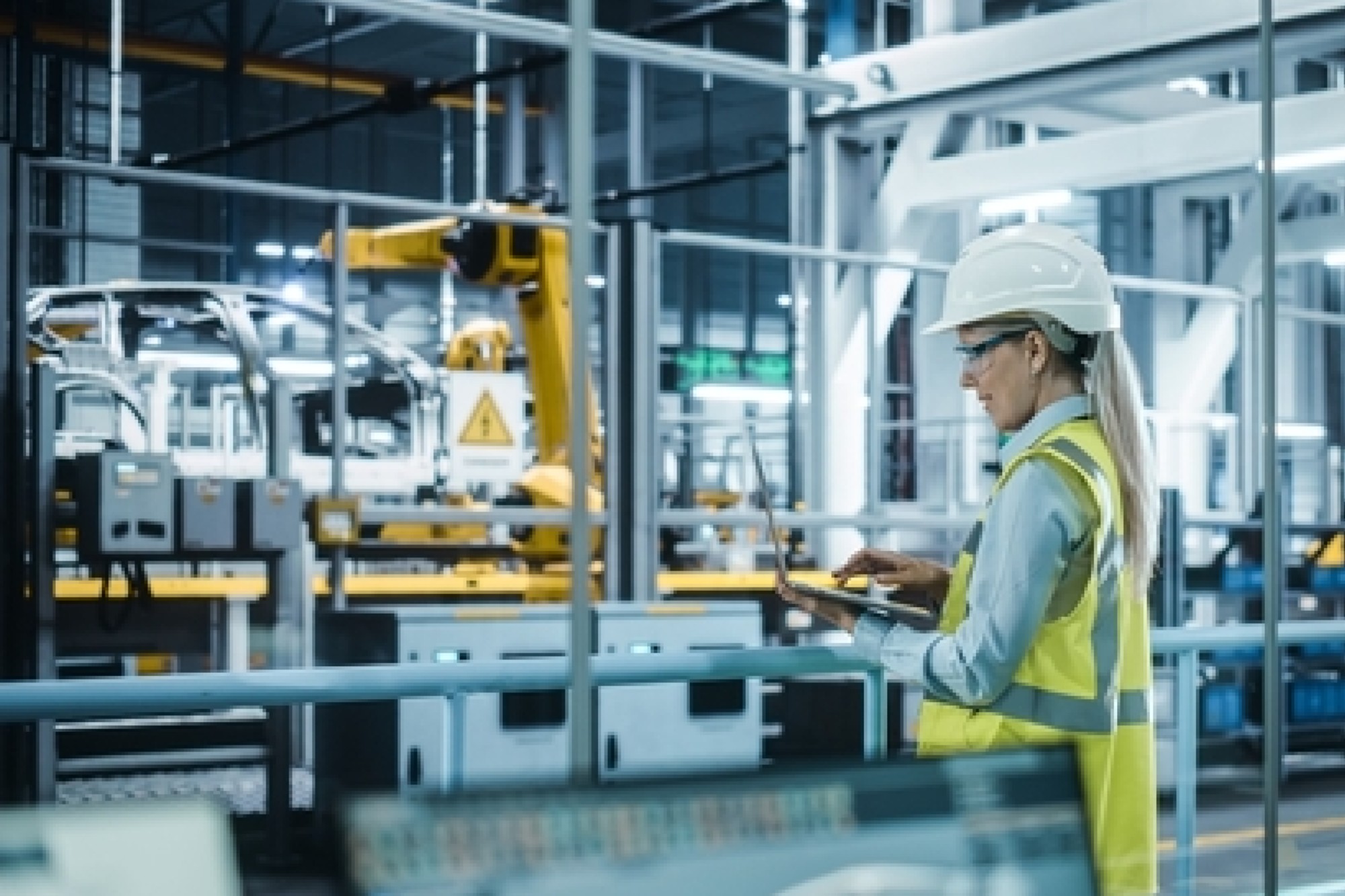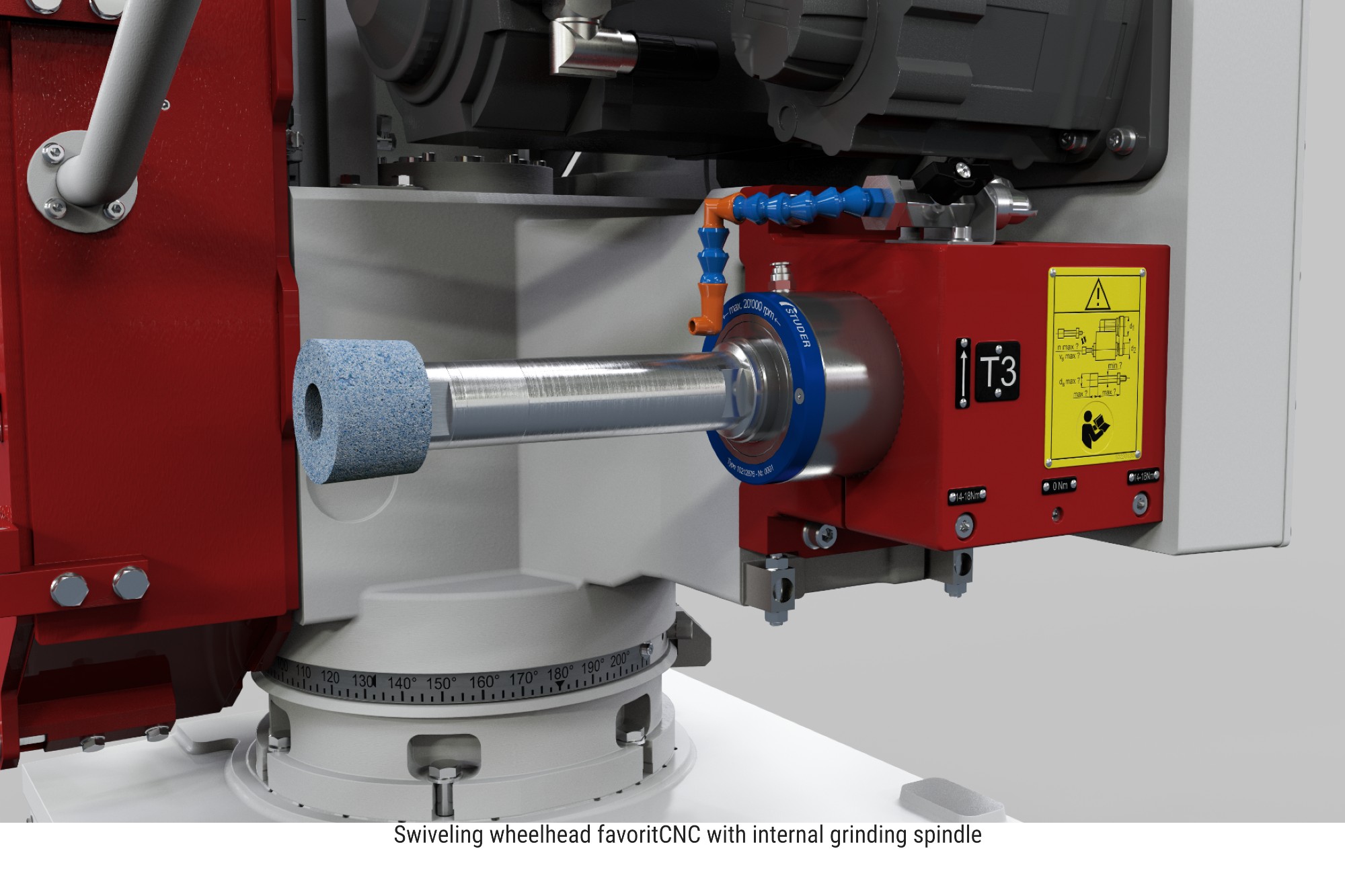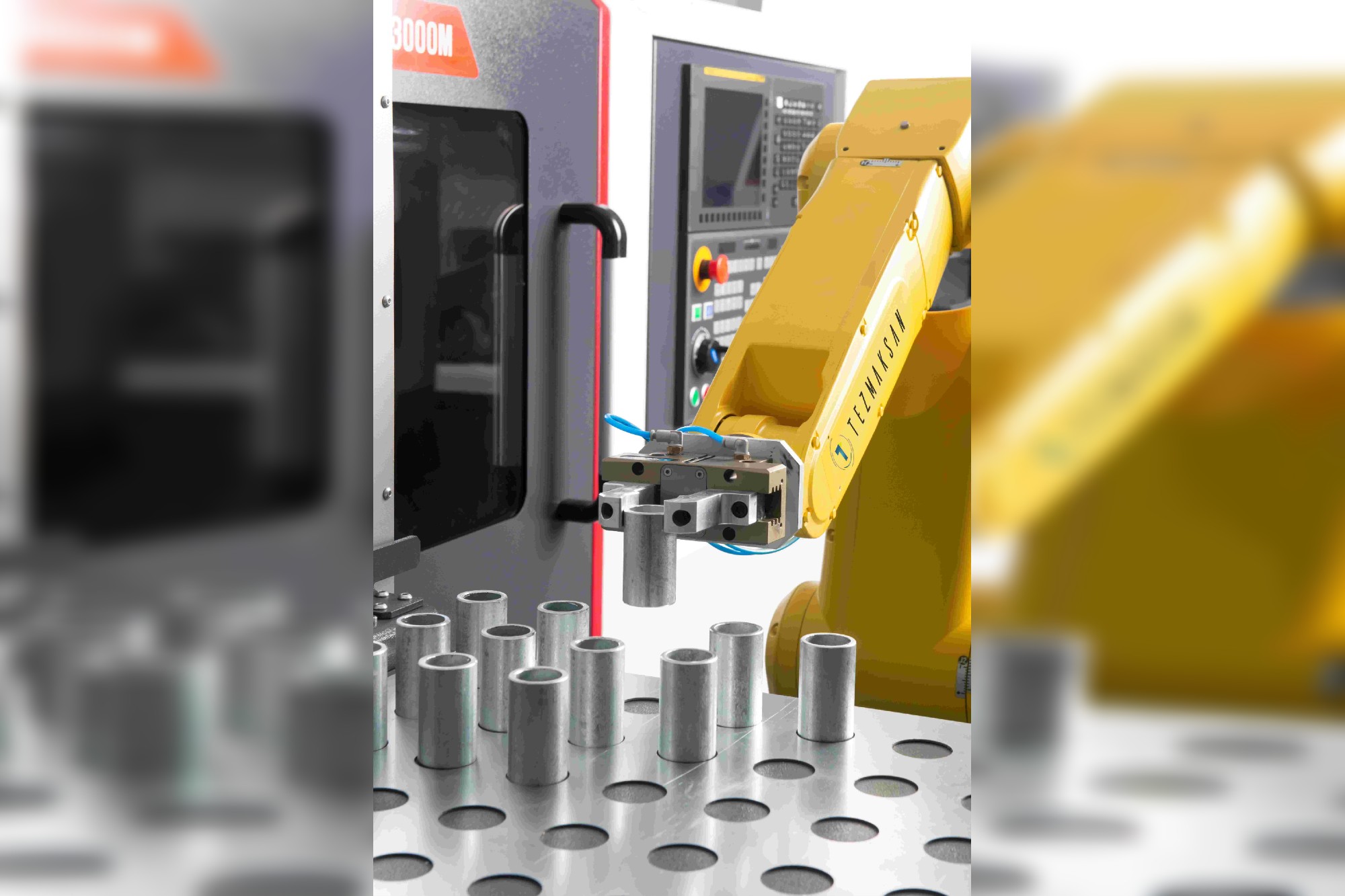Automatic clamping changes streamline CNC machining
By Staff Report February 4, 2025 10:58 am IST
Reducing downtime is just as critical in aerospace and automotive manufacturing, where precision is non-negotiable. Every second lost to manual intervention translates to a potential loss in production capacity. Here, Hakan Aydogdu, CEO of CNC automation system manufacturer Tezmaksan Robot Technologies, explains how automatic clamping changes systems CNC machining by cutting setup times, enhancing precision and improving repeatability.
As manufacturing processes become more complex, parts often require multiple operations to achieve the desired precision and quality. This is especially true in industries like aerospace, where components must meet strict tolerances, and automotive manufacturing, where high production volumes and efficiency are key.
Traditionally, manual clamping changes between operations have been time-consuming and error-prone, often compromising precision and productivity. However, the introduction of automatic clamping change systems offers a promising solution.
Repeatable and accurate clamping
Clamping is a cornerstone of CNC machining, securely holding workpieces in place during machining operations. When parts require multiple processes, manual clamping adjustments between each step can introduce inefficiencies and the risk of human error. This affects precision and diminishes the overall quality of the final product.
Automatic clamping change systems address these challenges by streamlining and automating the process. These systems allow multiple machining tasks to be performed in a single setup, minimising manual intervention, reducing setup times and significantly boosting production efficiency.
One of the standout benefits of automatic clamping systems is their ability to ensure repeatability — an essential factor in industries like aerospace and automotive, where consistency is critical.
When a component undergoes multiple operations, even a minor deviation in clamping can result in defects. Automatic systems eliminate such variability by ensuring that each workpiece is consistently and accurately positioned. This guarantees that every part meets exact specifications, reducing waste and enhancing quality assurance.
Precision in complex operations
For example, in aerospace manufacturing, components such as turbine blades and landing gear must adhere to extremely tight tolerances, as even minor defects can compromise safety. Automatic clamping systems ensure consistent accuracy, mitigating the risk of errors caused by manual adjustments.
Similarly, speed and precision are equally critical in automotive manufacturing. Automatic clamping systems allow manufacturers to accelerate production cycles without sacrificing quality. By automating clamping adjustments between processes, these systems enable faster throughput while maintaining the exacting standards required for high-performance automotive parts.
Reducing downtime, boosting efficiency
A key advantage of automatic clamping systems is their ability to minimise downtime. In contrast, manual clamping adjustments require operators to pause production, remove the workpiece and adjust or replace the clamp before resuming operations. In high-volume production environments, these interruptions can lead to significant inefficiencies.
Automated systems address this by completing clamp adjustments in seconds, enabling continuous operation with minimal disruptions. This is particularly beneficial in 24/7 production environments, where small delays can cascade into major production bottlenecks.
For instance, Tezmaksan’s CubeBOX automation systems seamlessly integrate automatic clamping changes into their modular designs. By handling a range of CNC machines, such as lathes and machining centres, these systems allow operators to perform multiple tasks in one setup, enhancing flexibility and efficiency.
As manufacturers face growing demands for greater precision and efficiency, embracing automation technologies is no longer optional — it’s essential. Automatic clamping change systems represent a critical innovation, eliminating manual intervention, reducing downtime and elevating the quality and repeatability of machined parts.
Authored by: Hakan Aydogdu, CEO, Tezmaksan Robot Technologies
Cookie Consent
We use cookies to personalize your experience. By continuing to visit this website you agree to our Terms & Conditions, Privacy Policy and Cookie Policy.














